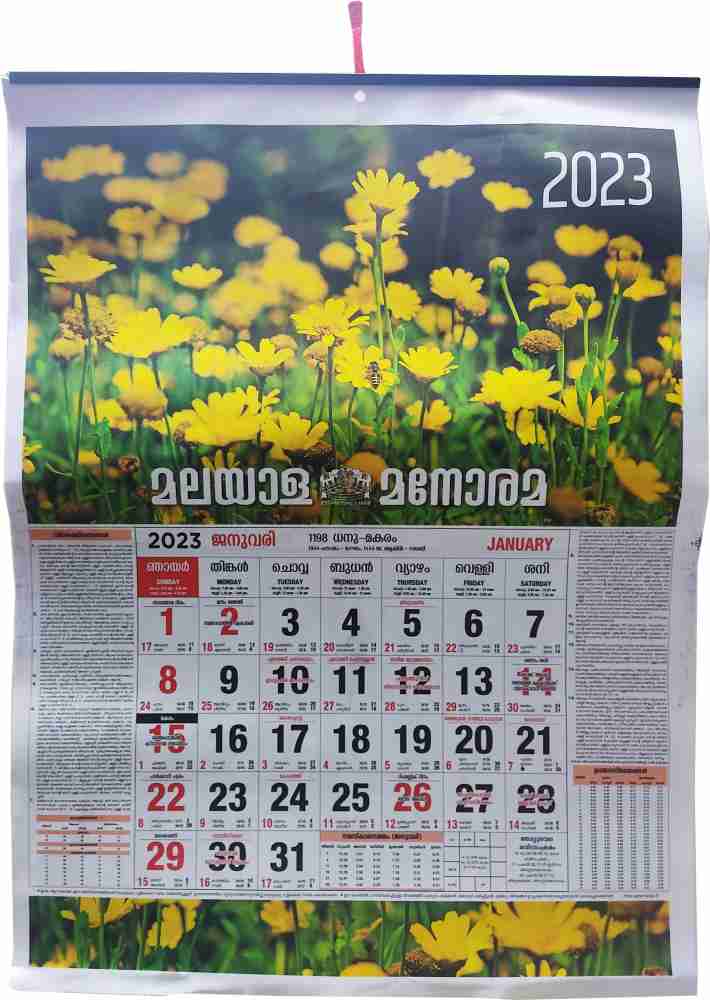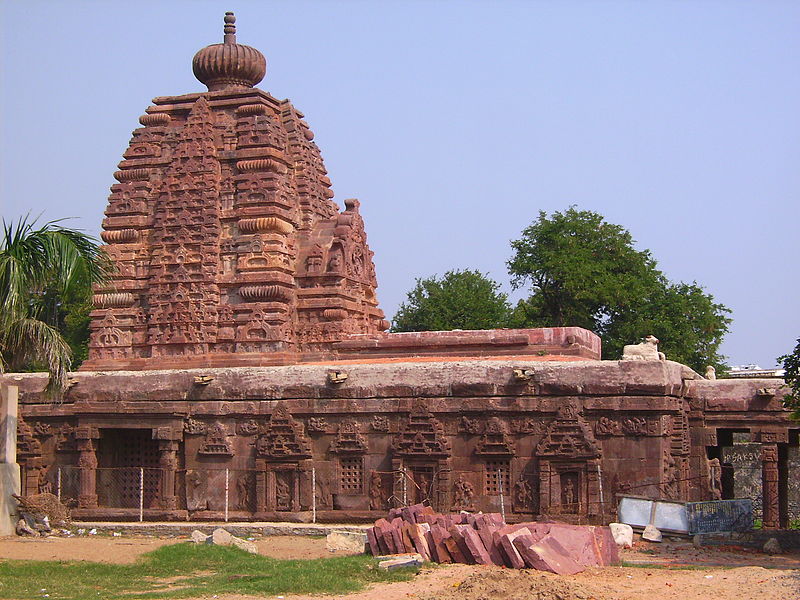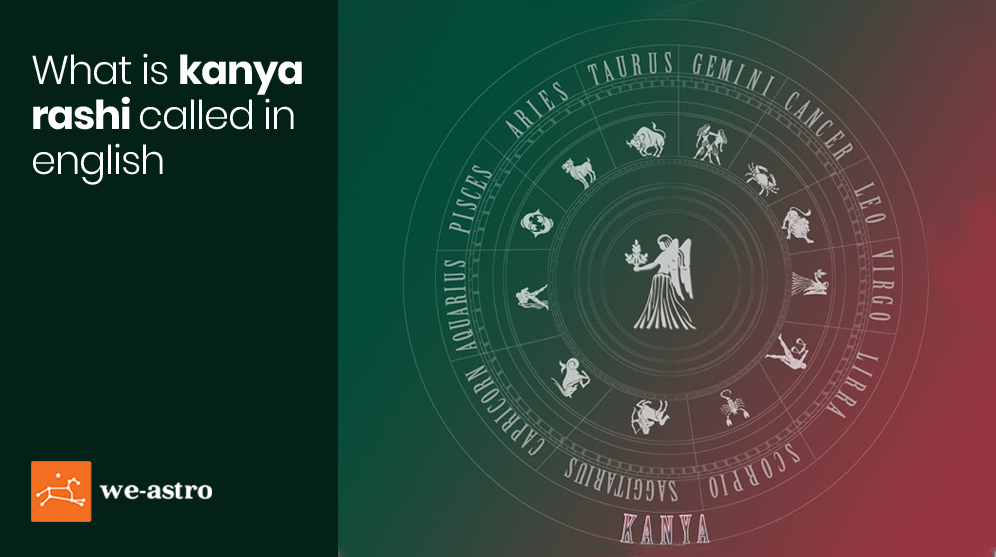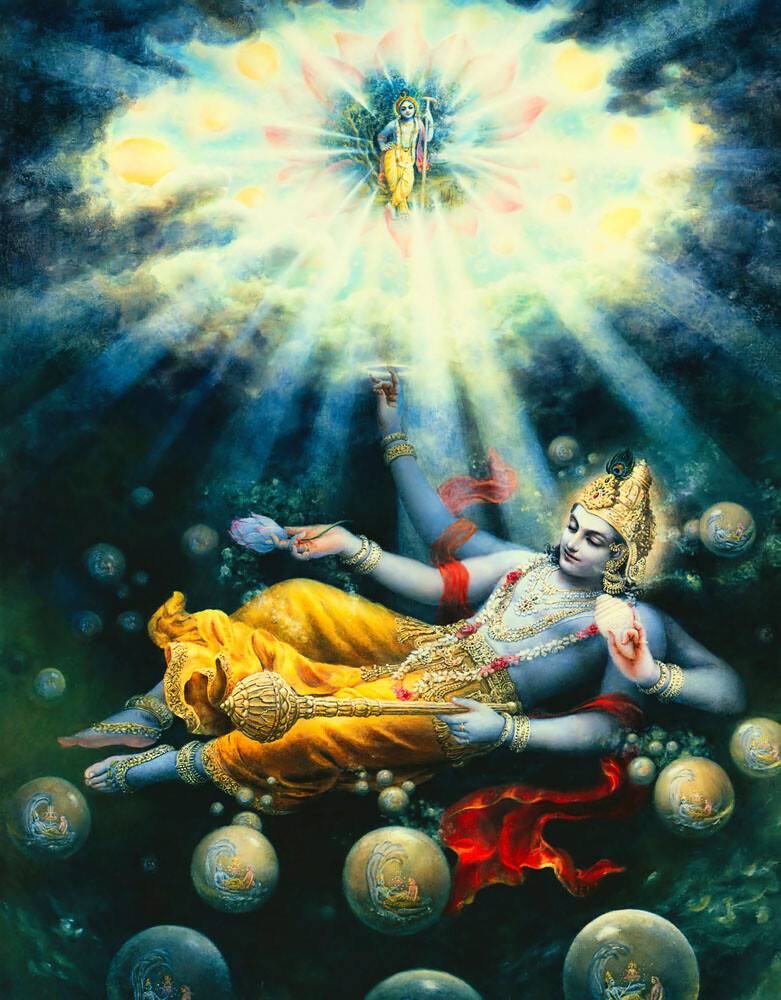Diving Deep into Kerala's Cosmic Cycle: The Magnificence of the Malayalam Calendar
"Explore the Malayalam calendar, a unique solar-sidereal almanac deeply rooted in Hindu traditions and Kerala's astronomical sciences."

The Malayalam calendar, known as Kollavarsham, is a solar sidereal calendar used predominantly in the Indian state of Kerala. Its deep roots in Kerala's culture and history make it a symbol of the region's unique identity. While the Gregorian calendar is widely accepted for civil purposes, the Malayalam calendar is still used to determine the dates of Hindu festivals and auspicious days.
Kollavarsham is said to have started from the date of the ascension of the Chera King, Vikramaditya Varaguna. This event is said to have occurred in 825 AD, which is considered the first year of the Malayalam calendar. The calendar consists of twelve months, starting with Chingam (August-September) and ending with Karkidakam (July-August). Each month is divided into 30 days, and an extra month, known as Adhikamasa, is added approximately every 2.5 years to align the calendar with the solar year.
The days of the week in the Malayalam calendar correspond to the seven planets of ancient Indian astronomy. The days are named after these seven celestial bodies, starting with Njayar (Sunday, the day of the Sun) and ending with Sanichar (Saturday, the day of Saturn).
The Malayalam calendar holds great religious significance for the people of Kerala. It is used to calculate the dates of various Hindu festivals such as Onam, Vishu, and Navaratri. The calendar also plays a critical role in determining the auspicious dates and times for ceremonies like weddings, housewarming, and naming ceremonies.
In conclusion, the Malayalam calendar or Kollavarsham is a unique cultural artifact that serves both as a measure of time and a guide to religious observances for the people of Kerala. It is not just a calendar, but an integral part of Kerala's rich cultural heritage.




